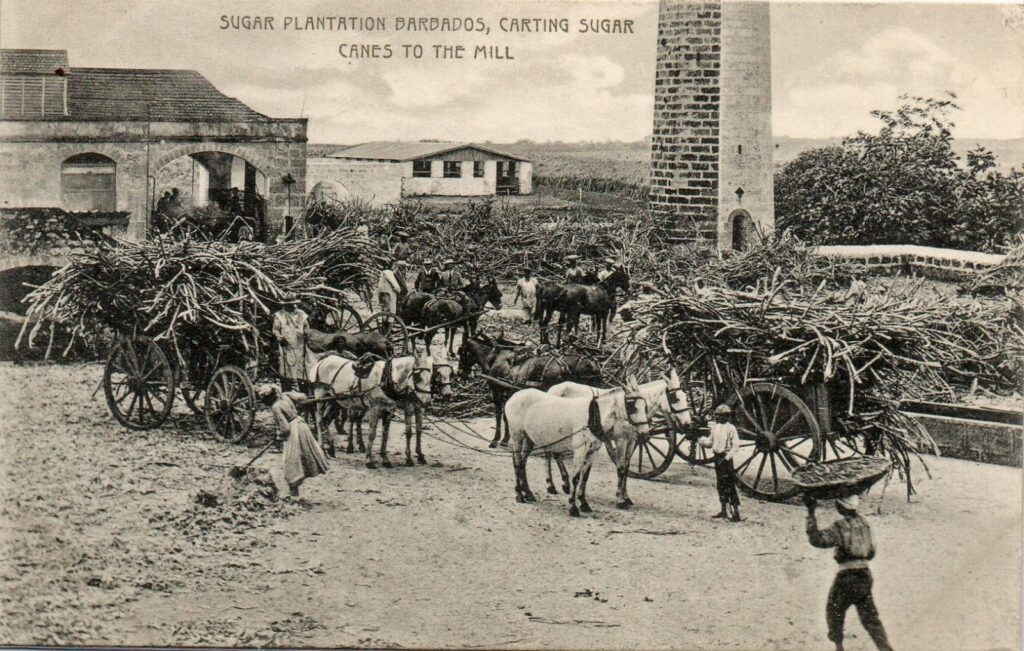Mood Board of old St Helier Harbour:

Mood Board of new St Helier Harbour:


1700s:

As shipping between Jersey and other ports increased in magnitude in the 17th century, some form of harbour became imperative to accommodate and protect the visiting vessels from the effects of the south-westerly gales. As a result, in 1700, work commenced on the construction of a pier or ‘screen’, as it was later derisively called. This ‘screen’ was constructed where stands the old South Pier today, out of Impot revenue, but owing to the slow rate of progress it soon fell into disrepair.
1800s:

In 1790, when work finally began on the construction of the North Pier, running from the Southampton Hotel to the end of what is known as the New North Quay today. A lack of storage space caused the local merchants to construct the quay along Commercial Buildings.
1900s:

In 1877, after spending over £180,000 on the La Collette stage alone, the whole works were abandoned, and Coode was paid off, leaving the crumbling concrete blocks at La Collette as a warning to any others who might conceive ideas about taming the sea. Further inspection of the site showed that it would be better for the remainder of the Harbour Works if the Hermitage Breakwater was extended beyond the rock, by a further 500 feet.
2000s:

This 1968 aerial photograph shows clearly how the harbour dried out at low tide. The majority of the length of the Albert Harbour between the New North Quay and Albert Pier is dry at low tide, and only at the southern end, which frequently needed dredging, can vessels remain afloat.

Another aerial view from the 1960s, showing the warehouses which then ran the full length of the New North Quay, on the left, which was dedicated to cargo vessels, and mail steamers on the southern end of the Albert Pier, to the right.
Cod Trade:

Charles Robin was a Fishery trader, born in Saint Brélade, Jersey in 1743. By 1763, he was the captain of a ship working in the Newfoundland cod trade. In 1765, with his two brothers and two others, they formed a firm which developed fishing grounds off Cape Breton Island and the Gaspé region.

Robin produced two types of salted cod-fish called ‘green’ and ‘yellow’ in the vernacular. ‘Green’ was a wet salted codfish that was not dry cured and therefore did not have the same shelf-life. It was ideal selling it at markets in the Caribbean or North East Brazil as it was much shorter run for Robin’ ships on the second leg of the triangular Atlantic trade. In his own 18th century diary Charles Robin refer to it as ‘West India fish’ and it was sold to planters who would feed the protein rich codfish to its enslaved populations for increased productivity in the plantations. In exchange, Robin would load his ship with plantation produce such as sugar, rum, molasses, cotton, coffee and tobacco before sailing across on the third leg of the Atlantic triangular trade route to the Mediterranean, England and Jersey.

‘Yellow’ was a dry-cured cod and marketed as a premier product and sold to markets in Europe, such as Portugal, Spain and Italy with their large Roman Catholic populations having a great demand for fish for fast days on Fridays. From ports in Lisbon, Cadiz and Naples merchants traded cod-fish for other products such as salt (used in the curing process), wine, spirits, fruits and spices which they brought back to Jersey and British ports before returning to Canada. The maritime networks were complex and often financed from London. Read another article here from Jersey based critic, Ollie Taylor Fish, Finance and Slavery.
